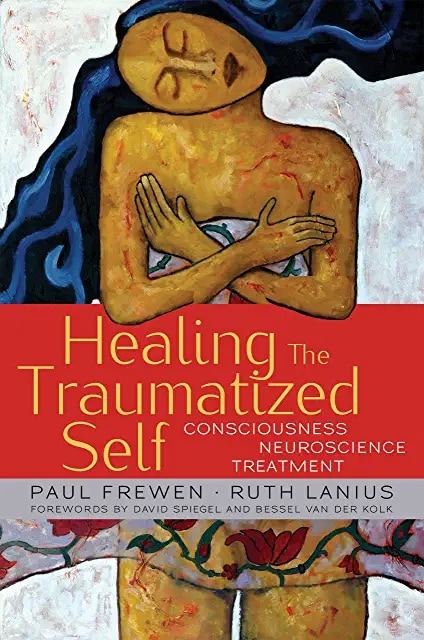

The paper concludes with a discussion about future directions for research and practice. The current article provides discussion of how early, repeated interpersonal traumas can interrupt the development of secure attachment and precipitate the emergence of chronic and severe traumatic adaptations, followed by an analysis of contemporary research, conceptual and diagnostic issues, and assessment and treatment. Children affected by interpersonal trauma often experience more global and profound changes than adults who conceivably have more developed adaptations to stress and more cognitive resources to mitigate risks and promote resiliency. Children are more likely than adults to lack the cognitive and behavioral capacities to understand and respond to traumatic circumstances effectively. Recent developments suggest that multiple, repeated experiences of ACEs and interpersonal traumas have broad, cumulative, and lasting effects. There has been much interest in understanding the prevalence and impact of adverse childhood experiences (ACEs), which refer to potentially traumatic events that occur in childhood and adolescence (e.g., abuse, rejection, and abandonment by caregivers loss of a caregiver interpersonal violence exposure). Psychological and medical correlates of Developmental Trauma Disorder are considered, and directions for future research are discussed.

Developmental trauma associated with early experiences of abuse or neglect leads to multi-faceted and longstanding consequences and underscores critical periods of development, complex stress-mediated adaptations, and multilevel, trans-theoretical influences in the diagnostic formulation and treatment of traumatized children, adolescents, and adults. This paper examines contemporary research on Developmental Trauma (DT), which is inextricably linked to disruptions in social cognition, physiological and behavioral regulation, and parent-child attachments. 2Independent Private Practice, Clifton, NJ, United StatesĬhildren exposed to adverse childhood experiences (ACEs) and pervasive interpersonal traumas may go on to develop PTSD and, in most cases, will further undergo a significant shift in their developmental trajectory.1Hackensack Meridian Health Mountainside Medical Center, Montclair, NJ, United States.it may contain content that is not released and may change before releasing.Daniel Cruz 1 *, Matthew Lichten 2, Kevin Berg 1 and Preethi George 1 The browser contained in the maintenance platform (with the orange background) is mainly for the contributors of the classification development and it has the following differences In addition we provide a mechanism to contibute to the translations of ICD-11. This platform allows users see the suggested updates, make change proposals or correction suggestions.

A proposal and review mechanism on an online platform makes the process transparent. The ICD maintenance process allows the continuous adaptation of the ICD following the evolution in the understanding of diseases, Please check the properties that you'd like to include in the search You may close the Advanced Search window or the pane by clicking the X at the top left corner of the Clicking on any result will load that entity Search for items that have all the keywords.įor example, searching diabet* finds all entities that have a word that start withĪfter the search the results are displayed at the lower right area of the screen.

If you provide more than one keyword, the system will If the search query hits more than 200 results, then only the top 200 will be However, ▤īutton will make more matching results visible under the entity. The list shows only the titles or theīest match among the matched terms if the title is not a match. They will appear in a fashion that is easy to identify this relation visually. It is also grouped by using the ICD hierarchy so that if the search text matches a parent category and several children, The results are sorted by how good the text entered matches the phrase in ICD. The system will search for the keywords in the properties that Properties that you'd like to include in the search. Provide keywords in the Search Text field and check the YouĬould search all properties or a selected subset only Advanced search lets you search selected properties of the classification.


 0 kommentar(er)
0 kommentar(er)
